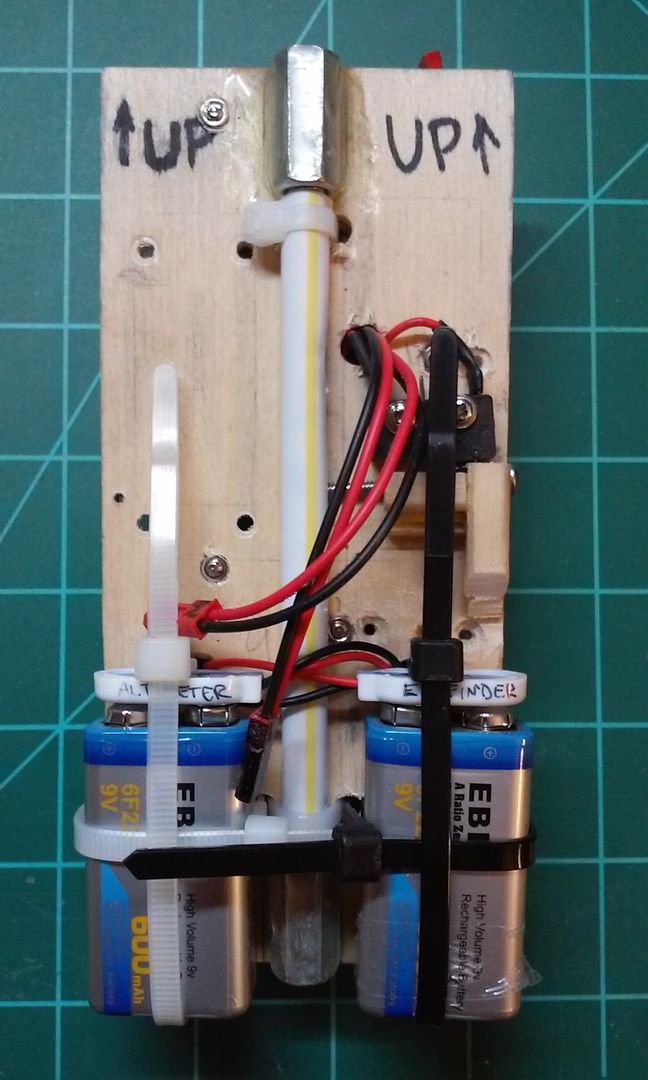Tim51
Well-Known Member
Hi
Does anyone have any designs for lighter weight avionics bays they are willing to share (for example, ones that use less all-thread)?
Currently researching building techniques for a scratch built Mach attempt bird based around a CTI 38mm.
Thanks in advance
--
UKRA #1895 L1
Does anyone have any designs for lighter weight avionics bays they are willing to share (for example, ones that use less all-thread)?
Currently researching building techniques for a scratch built Mach attempt bird based around a CTI 38mm.
Thanks in advance
--
UKRA #1895 L1















